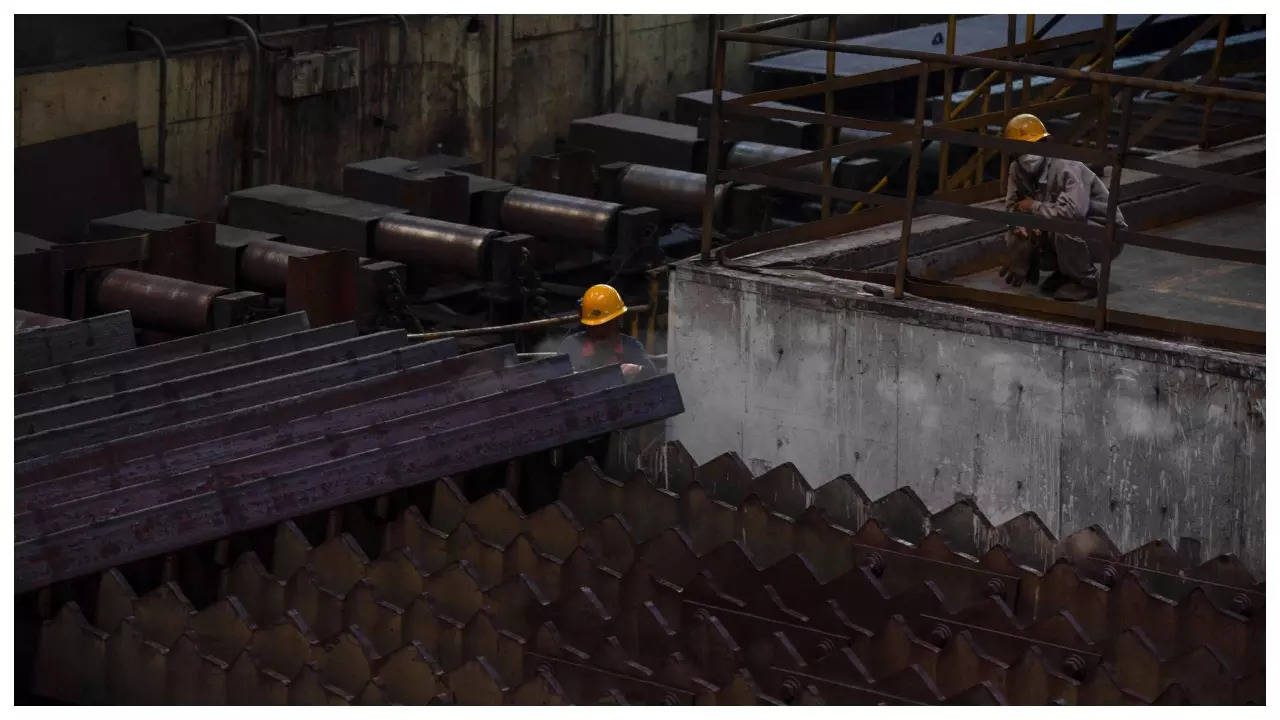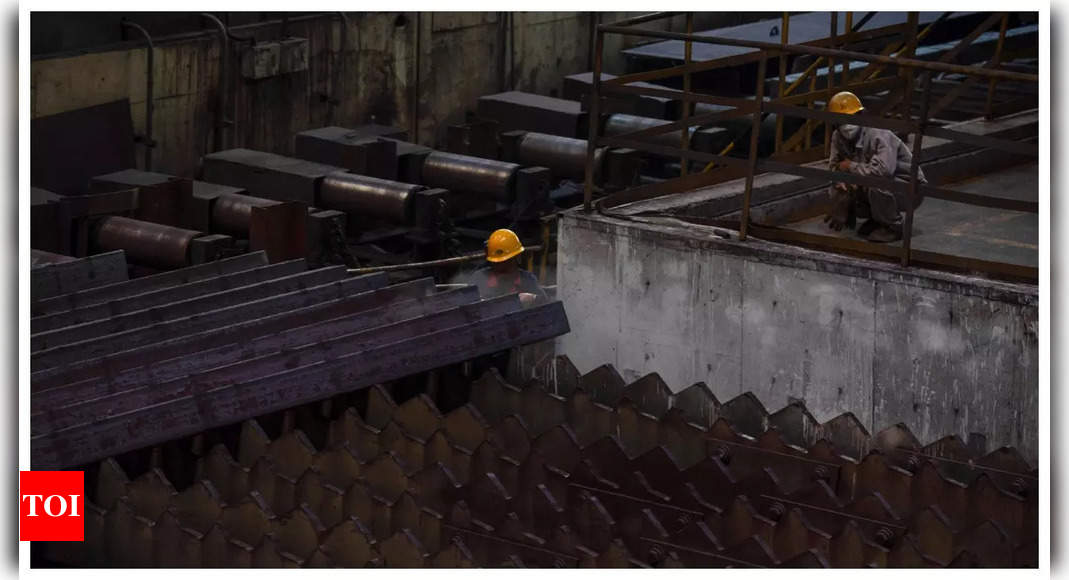
BEIJING: China’s factory activity in September recorded its first expansion in six months, an official survey said Saturday, providing another sign that the world’s second-largest economy is gradually improving following its post-pandemic malaise. According to the government statistics bureau and an official industry group, the monthly purchasing managers’ index rose to 50.2 this month from 49.7 in August measured on a 100-point scale. Numbers above 50 indicate activity is increasing.
Measures of production, new orders and employment all rose from August, the National Bureau of Statistics and the China Federation of Logistics and Purchasing said. But the bureau’s senior statistician, Zhao Qinghe, said the manufacturing industry still faces some difficulties in its recovery and development.
Since China lifted its tough Covid-19 restrictions, its leaders have been trying to boost the economy with a series of measures and promising to support entrepreneurs who generate jobs and wealth.
Performances in some sectors have shown improvements, including in factory output and retail sales. But China’s property crisis is still dragging on its economic growth.
Official data say the index measuring non-manufacturing commercial activities grew to 51.7 from August’s 51. The composite index rose to 52 from 51.3.
Zhao said the improvement indicated by the latest indexes suggest the level of economic activity is rebounding. As government policies take effect, positive economic factors are increasing, he said.
However, China’s economic rebound remained uneven. Real estate developers are struggling to repay heavy debts in a time of slack demand. Last month, investment in real estate fell 8.8 per cent from the year before.
The heavily indebted Chinese property developer China Evergrande Group Investment on Thursday suspended trading in its shares in Hong Kong. It said authorities had informed it that its chairman, Hui Ka Yan, was subjected to “mandatory measures in accordance with the law due to suspicion of illegal crimes”.
China’s economy grew at a 6.3 per cent annual pace in the second quarter of this year, much slower than the 7-plus per cent growth that analysts had forecast based on the anaemic pace of activity the year before. Roughly one in five young workers is unemployed, a record high, adding to pressures on consumer spending.
Measures of production, new orders and employment all rose from August, the National Bureau of Statistics and the China Federation of Logistics and Purchasing said. But the bureau’s senior statistician, Zhao Qinghe, said the manufacturing industry still faces some difficulties in its recovery and development.
Since China lifted its tough Covid-19 restrictions, its leaders have been trying to boost the economy with a series of measures and promising to support entrepreneurs who generate jobs and wealth.
Performances in some sectors have shown improvements, including in factory output and retail sales. But China’s property crisis is still dragging on its economic growth.
Official data say the index measuring non-manufacturing commercial activities grew to 51.7 from August’s 51. The composite index rose to 52 from 51.3.
Zhao said the improvement indicated by the latest indexes suggest the level of economic activity is rebounding. As government policies take effect, positive economic factors are increasing, he said.
However, China’s economic rebound remained uneven. Real estate developers are struggling to repay heavy debts in a time of slack demand. Last month, investment in real estate fell 8.8 per cent from the year before.
The heavily indebted Chinese property developer China Evergrande Group Investment on Thursday suspended trading in its shares in Hong Kong. It said authorities had informed it that its chairman, Hui Ka Yan, was subjected to “mandatory measures in accordance with the law due to suspicion of illegal crimes”.
China’s economy grew at a 6.3 per cent annual pace in the second quarter of this year, much slower than the 7-plus per cent growth that analysts had forecast based on the anaemic pace of activity the year before. Roughly one in five young workers is unemployed, a record high, adding to pressures on consumer spending.
Source link

